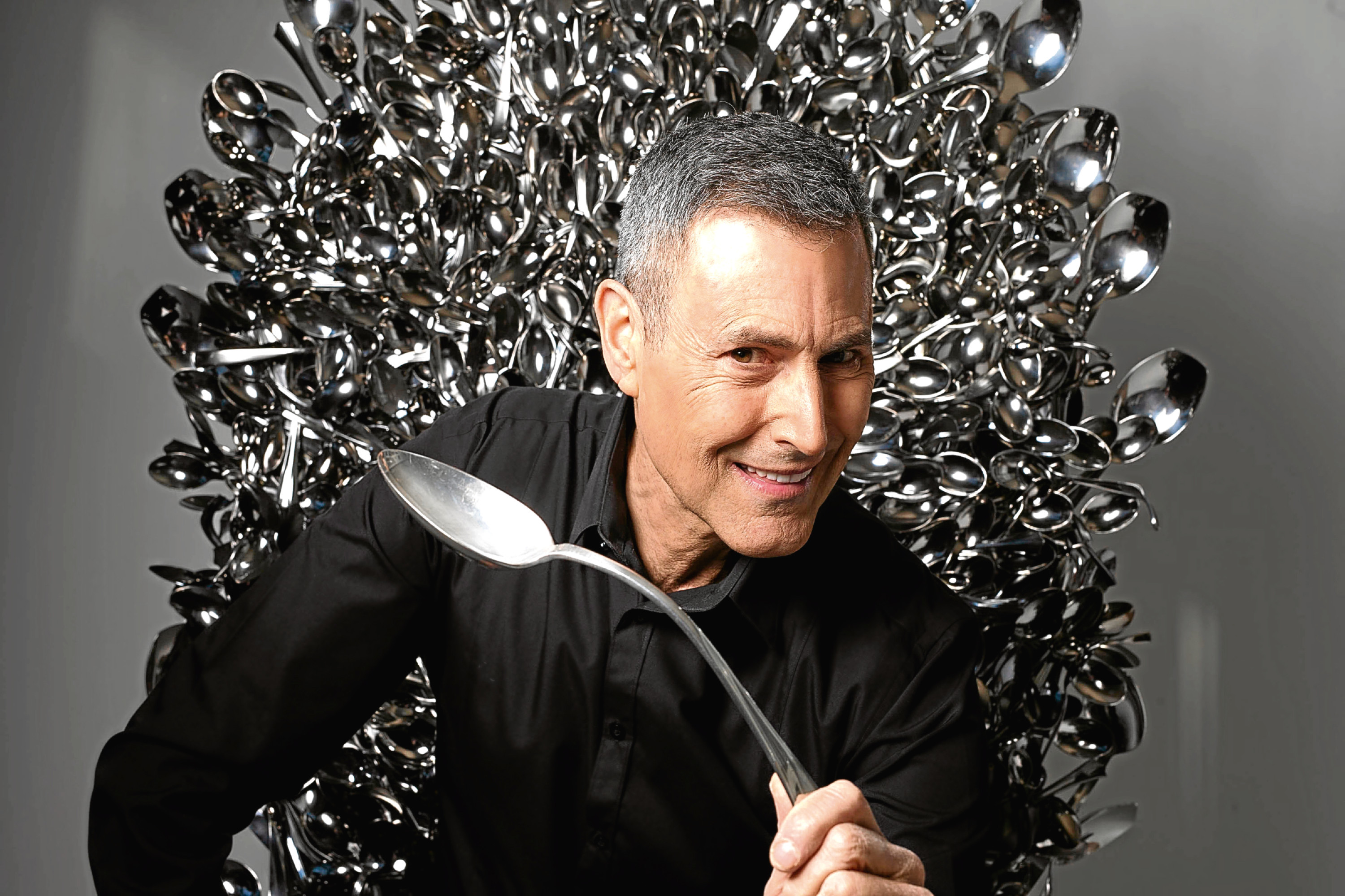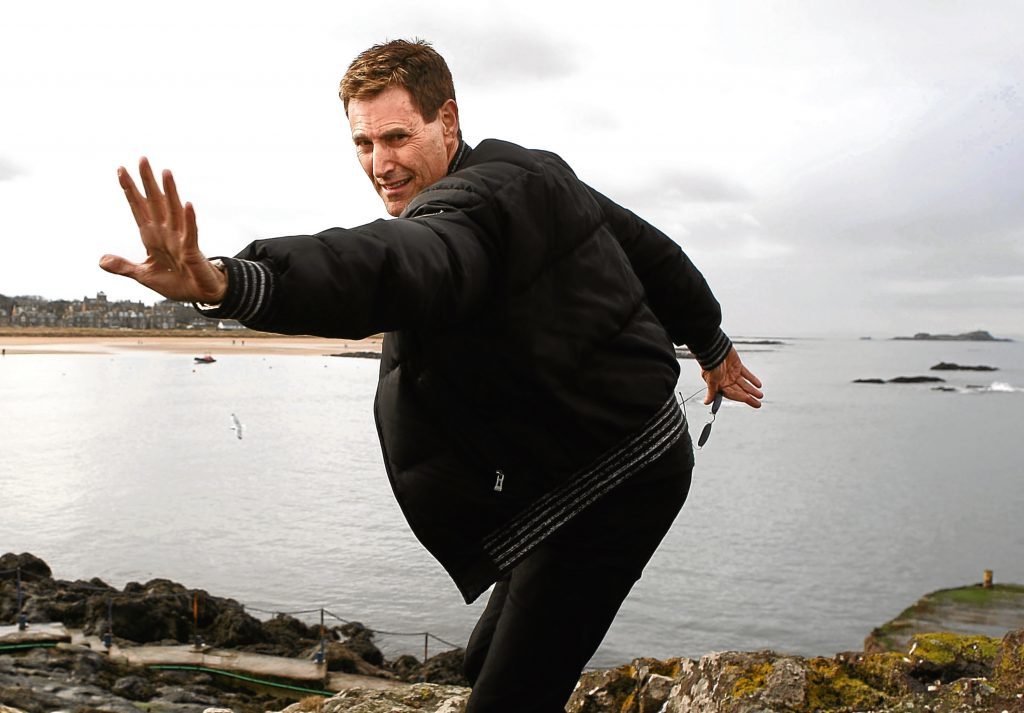
HE is the television psychic who made a worldwide name for himself bending cutlery.
So when Uri Geller opens a museum to his life and works next year, pride of place will go to the world’s largest spoon.
Not surprisingly, it will be slightly bent.
The museum, in Jaffa, Israel, will also display rocks taken from the Scottish island in the Firth Of Forth which Uri owns, and which he believes contains a buried horde of treasure.
Now Uri has revealed that he plans to return to Lamb Island in two years’ time to carry out an archeological dig – and hopes to rewrite Scottish history in the process.
He said he had previously felt the presence of metal, diamonds, sapphires and gold in the southern part of the island, which he claimed was once visited by the ancient Egyptians.
“There are things there that I know are precious and are priceless,” he said.
“When I was on the island, I felt it. Obviously, I will not keep what I find – I’ll donate it to the Scottish museums.
“It will shatter the idea of Scottish historians that the Egyptians never came to Scotland.”
Along with neighbouring Craigleith and Fidra, Lamb forms a chain of three small islands off the southeast coast of Scotland which are said to mirror the layout of the pyramids at Giza, in Egypt.
Geller argues Lamb – which covers an area of just 100 by 50 yards – is one of the most significant sites in the UK, with links to King Arthur, Robert the Bruce and the ancient Kings of Ireland.
And he believes an exiled Eqyptian princess buried gold and jewels in its depths thousands of years ago.
The self-styled “mystifier” said there was “absolutely no doubt” in his mind that he would find treasure among its rocks.
The TV star bought the island, an uninhabited chunk of volcanic rock in the Firth of Forth, for £30,000 in 2009.
But he has only set foot on it once, camping overnight in March 2010 and exploring the terrain with mystical dowsing rods.
Now he has told The Sunday Post he will return to carry out excavations in two years after first seeking permission to dig on the protected site.
“I will probably be able to get my hands on ancient documents from Alexandria in Egypt, which can lead me to more precise information on how the Egyptians got to Scotland,” he explained.
Rocks taken from Lamb would be put on display at his museum bringing the island and the wider North Berwick area to the attention of “hundred of thousands of tourists”, he said.
Meanwhile, the 70-year-old also told The Sunday Post he was in the process of constructing the world’s largest spoon – 18-and-a-half metres in length and weighing a colossal eight tonnes – to sit outside the museum.
“It’s going to be slightly bent,” he added.
Like nearby Bass Rock, Lamb is home to a colony of seabirds and is a Site of Special Scientific Interest.
A Scottish Government spokeswoman said Geller would require consent to dig from Scottish Natural Heritage – unless he already had planning permission from a local authority or written permission from a designated regulatory authority.
The granting of consent would depend on a number of factors, including the extent of the digging and timescale.
And any “significant operation” could also require a Habitats Regulations Appraisal to determine if it would affect breeding seabirds.

Enjoy the convenience of having The Sunday Post delivered as a digital ePaper straight to your smartphone, tablet or computer.
Subscribe for only £5.49 a month and enjoy all the benefits of the printed paper as a digital replica.
Subscribe